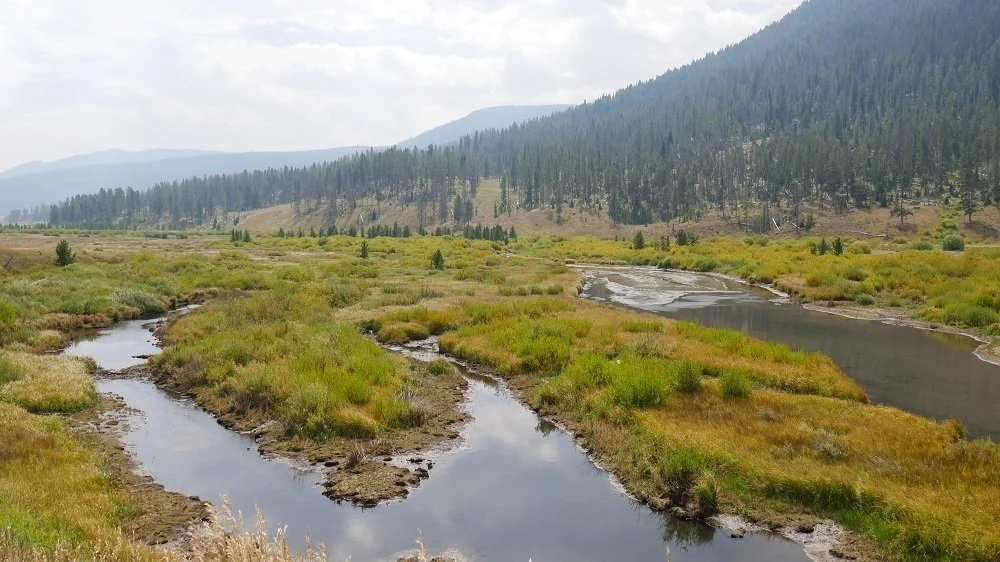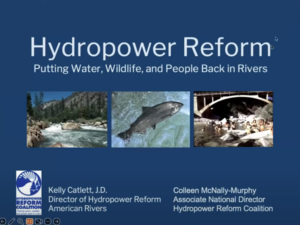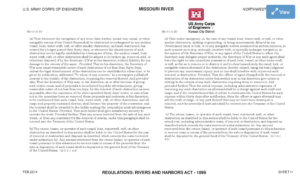Sackett v. EPA decision on Clean Water Act

Today, the Supreme Court rolled back protections under the Clean Water Act (CWA) by severely limiting the interpretation that adjacent wetlands will be protected and considered “waters of the United States” (WOTUS) except in extremely limited circumstances. For decades, the definition of WOTUS has been a moving target as the CWA’s protections only extend to navigable waterways or wetlands that fall under this definition.
Justice Alito delivered the opinion for the court where he outlined the case for limiting protections and definitions for what would be considered protected under the CWA. “In sum, we hold that the CWA extends to only those wetlands that are “as a practical matter indistinguishable from waters of the United States.”
The case at hand, Sackett Vs. EPA, has been in the courts for over a decade after Michael and Chantell Sackett purchased a lot near Priest Lake, Idaho in 2004 and began backfilling the land to prepare for construction. As this process was underway, the EPA sent the Sacketts a notice that the land on which they intended to build their house was protected under the CWA and they were ordered to immediately “undertake activities to restore the site.” The Sackett’s in turn sued the EPA claiming that their land was not under the jurisdiction of the CWA.
At the time, the EPA interpreted WOTUS to be defined by all navigable waterways and waters that could affect interstate or foreign commerce as well as wetlands adjacent to those waters. Under this definition, adjacent did not mean just bordering but also neighboring. For wetlands or streams that did not possess a navigable connection to clearly defined waters, the agency determined jurisdiction if a waterway had a “significant nexus” to a traditionally navigable waterway. A “significant nexus” was said to exist when “‘wetlands, either alone or in combination with similarly situated lands in the region, significantly affect the chemical, physical, and biological integrity’” of those waters.
In concurring opinions, all Justices concluded that the Sackett property did not contain wetlands that met the bar for protection but did not necessarily agree on how far to take this moving forward to define future protections. In particular, concurring Justices emphasized that “adjacent” does not mean “adjoining” as Alito alludes in this opinion.
As climate change and the water resources of our country continue to face increasing pressure, this ruling is devastating and now shifts the attention to Congress and state officials to act fast to ensure that our waters, which provide drinking water, commercial opportunities, and recreation are protected.
“While today’s ruling is truly disheartening, it highlights the importance of electing candidates with an understanding of the science of ecology. Judges are only meant to interpret the intent of laws, therefore it is incumbent that our Federal delegates be literate in the ecological importance of our most precious and increasingly scarce resource – water. A clear and concise definition of “Waters of the United States,” with the broad protections that were foundationally intended by the Clean Water Act, would have rendered this lawsuit moot and saved hundreds of thousands of wetlands, and ultimately rivers, from the multitude of threats that will undoubtedly inundate them through this ruling,” said Nic Nelson, Executive Director of Idaho Rivers United.
This post originally appeared on News – Idaho Rivers United.


